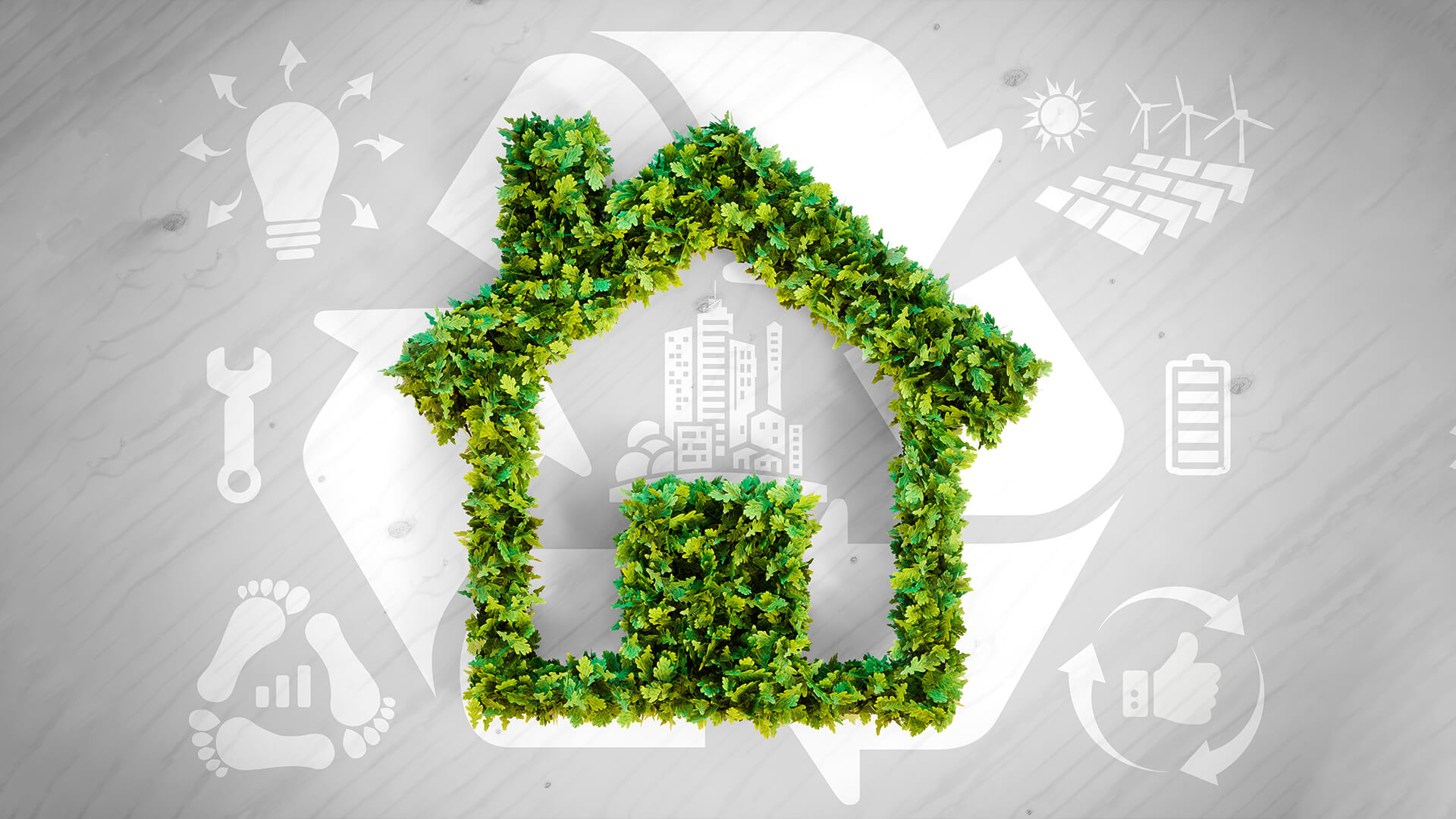The phrase “sustainable living” gets thrown around a lot, but what does it mean? In simple terms, sustainable living is reducing your impact on Earth by making informed choices about the resources you use. These choices can range from installing solar panels to using recyclable grocery bags.
The simple sustainable choices you make help reduce pollution in the air, water, and atmosphere. With that in mind, let’s learn a little more about solar energy and other eco-friendly choices you can make to help the planet.
What Is Solar Energy And How Does It Work?
The simple explanation is that solar energy is sunlight that has been converted into electricity through the use of solar panels and other technology. People set up solar panels, panels collect sunlight, the light is converted into electricity, and then it’s used to power your home.
The idea of solar energy has been around since at least 1767 when a physicist named Horace-Benedict de Saussure invented the first solar cooker. Solar has come a long way since then. It’s responsible for 2% of the world’s power supply, and there are over one million solar panels in the U.S. alone.
All of those panels add up, and slowly but surely we’re beginning to see the effects. The solar panels currently in use offset about 70 million tons of carbon dioxide every year. Solar is also the cleanest form of renewable energy to produce, and is completely sustainable – or at least as sustainable as the sun.
Where Is It Most Accessible?
If you live in Rhode Island, Massachusetts, Florida, Illinois, Maryland, Pennsylvania, New Jersey, or South Carolina, you can contact a professional solar specialist to install a solar system in your home for $0 down right now.
With prices like that, it’s not surprising that Massachusetts, Florida, and New Jersey are all on the top ten list for states that produce the most solar energy. Each state creates over 3,000 megawatts of solar energy every year, with Florida coming in at over 6,000.
If you don’t live in one of those states, don’t worry. Solar energy is available in every state, it’s just that some have better options than others. More than thirty states currently offer incentive programs for switching to solar energy, plus you can qualify for a tax credit. You can contact providers near you to find out what perks you can look forward to when you make the switch.
What Other Eco-Friendly Choices Should You Make?
If you’re looking for other energy-efficient home ideas to add to your sustainable living plan, there are a few other eco-friendly choices you can make.
Energy-Efficient Doors And Windows
Old doors and windows let heat and air escape, which leads to precious resources being wasted. This means that even with solar energy, your home won’t be as efficient as it could be. Luckily, upgrading your doors and windows to fit the sustainable standard is easy.
To be sustainable, windows and doors should be properly fitted and insulated. This means there are no gaps, and you can’t feel air moving around them. Upgrading your doors and windows will make them more sustainable, create a more comfortable home temperature, and lower your electricity bill.
Energy-Efficient Appliances
Energy-efficient appliances are sustainable and practical. They use fewer resources, like electricity and water, to complete the same tasks as traditional models. When used alongside solar energy, these appliances can drastically lower your impact on the planet.
It’s not uncommon for modern homes to come equipped with energy-efficient appliances, so check the efficiency rating on yours before you consider replacing them.
Foam Insulation
Foam insulation is one of the most efficient kinds of insulation. The foam is applied as a liquid but quickly expands in the space to create a thermal barrier. The barrier prevents air and moisture from getting into your home. Foam lasts for up to ten years, so switching will make you more sustainable now and in the future.
Making eco-friendly choices is the key to sustainable living. If you’re ready to lower your impact on the planet, upgrade your home by adding solar energy and other sustainable features.
































